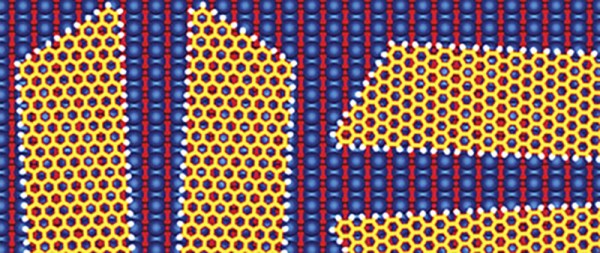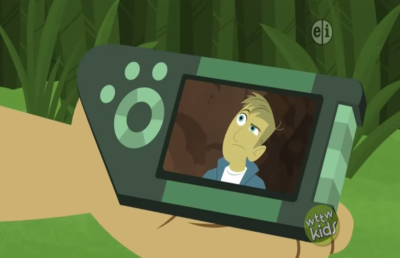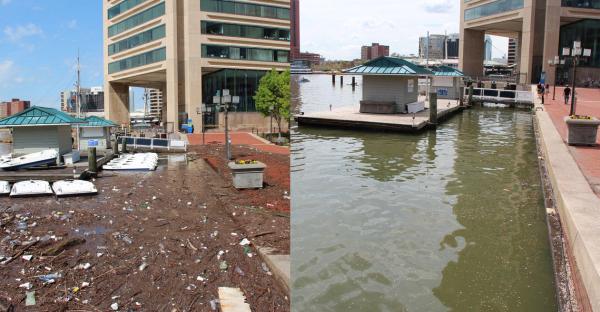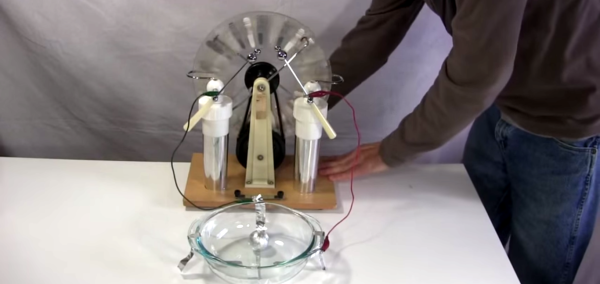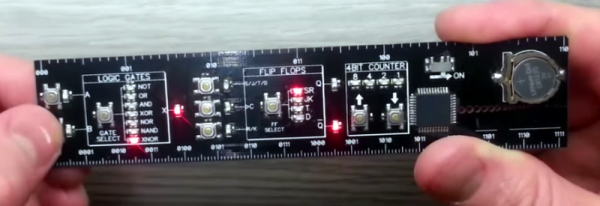Thanks to the seminal work of Howard and Hanks et al, the world is intimately familiar with the story behind perhaps the most epic hack of all time, the saving of the crippled Apollo 13 mission. But Apollo 13 is far from the only story of heroic space hacks. From the repairs to fix the blinded Hubble Space Telescope to the dodgy cooling system and other fixes on the International Space Station, both manned and unmanned spaceflight can be looked at as a series of hacks and repairs.
Long before the ISS, though, America’s first manned space station, Skylab, very nearly never came to fruition. Damaged during launch and crippled both electrically and thermally, the entire program was almost scrapped before the first crew ever arrived. This is the story of how Skylab came to be, how a team came together to fix a series of problems, and how Skylab went on to success despite having the deck stacked against her from the start.
Continue reading “Hacking When It Counts: Much Space Station Hacking Saved Skylab”


